Many dackets try to decorate their plot with beautiful and original garden crops. One of them can include Clematis - perennial plants capable of decorating any flower bed, arbors and fences with their bright flowering. In nature there are about 15 wild and more than 300 cultural varieties of plants. Each of them has its own distinctive features. Most often landing Clematis seeds, however, there are other ways. Next, we will tell you more about the peculiarities of culture.
Clematis from seeds. Culture characteristics
As mentioned above, Clematis are considered perennials. Culture belongs to the family of ilok. Rod flower came to us from Japan and China. It was there for the first time began to grow Clematis from seeds. In European countries, cultivated the plant only since the beginning of the 16th century. The first grade that has gained popularity in Russia has become Clematis Purple. The culture obtained its name through a beautiful gentle-purple shade in flowers. In the 18th century, more than 100 plant varieties were grown in our country, among them the evergreens, forest and virgin species of Clematis were specially popular. Attracts the culture of modern gardeners with its beautiful flowering and unpretentiousness in care.
Conditionally, all garden culture varieties are divided into several groups, among which the following are particularly popular:
- Jacmana. This includes all major types of culture. Curly Liana belonging to the jacma group can in length can reach up to 5 m. It blooms this variety with large purple flowers. Flowering takes place in the summer.
- Patence. Plants of this group have very beautiful large flowers, the diameter of which reaches 150 mm. Flowers have a terry edging of a bright color.
- Florida. This group includes the varieties of culture, the bloom of which begins with the spring period and ends in June. Plant flowers of this species have a light shade - white, gentle pink.
- Lanuginosis. Lianen data of varieties have a relatively small length - 2-3 m.
- Integrality. This includes all types of culture that bloom in the shape of a bell. Flowers in diameter reaches 12 cm. The color palette of the bells is quite diverse - from light to dark shades.
- Vitelel. Curly lianas belonging to this group have pink-red. In length, they can reach 2.5 m.
Clematis: Seed reproduction
Today there are many varieties of Clematis. Moreover, gardeners and breeders continue to work on the elimination of new types of culture. There are two methods of reproduction of this plant:
- Vegetative.
- With the help of seeds.
Available cultivation of seeds of only species clematis. As for varietal clematis, they multiply an extremely vegetative way (with the assistance of shoots and seedlings).
Most often, Clematis Tangutis is grown from the seed. This variety is known for its unpretentiousness to climatic conditions and the type of soil. It blooms this type of culture with small flowers of white. As for the seaside method, it is trying to multiply with the help of it, for example, a popular grade of culture - "The President" (president), which is distinguished by the presence of large flowers of a bright purple shade. It is worth saying that the plants of this variety can be grown similarly and with the help of seeds, but this process will take a long time.
The method and qualitative characteristics of the seed depends on the method of planting. According to these features, the following seed groups are distinguished:
- Large seeds. Culture varieties having large seeds germinate for a very long time. In order for the first sprouts to be crossed, the planting material should be properly stored for 10-12 months. Seed landing is carried out in the spring. To improve the quality characteristics of the planting material, the stratification procedure over 3 months is carried out. For this, the seeds are placed in a special container and stored there at a temperature of -5 degrees. This group of plants include such species as - Jacma hybrids, Duren, Florida.
- Medium seeds. The germination of seeds belonging to this group is passed throughout 3 to 6 months. To improve the quality of the planting material, as in the case of the first group of plants, the seeds pass the stratification procedure. In addition, before planting plants, seeds should soak in warm water. Hold them in water tanks 1 week. This group of plants include such species like - Manchurian, Chinese, curly, solidistic.
- Small seeds. These include tangutsky, vine-saline, SIZY Clematis. Seeds of this group of plants germinate quite quickly - within 2-4 weeks. To germinate some varieties, for example, for the "Radar Love" variety may be required up to 90 days. Plants of this group are planted at the end of February immediately into the soil.
Clematis seeds can be bought in any flower shop or collect them on their own in the country.
Clematis Seeds: Photo
Sowing Clematis Seeds
Sowing Clematis Seeds are held in several stages:
- Preparation of planting material.
- Transplanting sprouted seeds into the soil.
Preparation of Clematis seeds
The preparation of the planting material is performed in the following order:
- First of all, the planting container and soil mixture are prepared. The soil is prepared as follows: the sand is mixed with a fertilized land in a ratio of 1 to 2. A humus and ash is suitable for soil fertilizers.
- Landing container is filled with cooked soil. Then the planting material is poured into it. Do not plant seeds too deep. It is enough to deepen them for 1-2 cm from the edge of the soil. Then, on top of the planting material, sucks with a small layer of pure river sand and soil.
- Store landing containers on the balcony or on the windowsill. In the warm season (spring, summer) they can be left on the street. Storage of seeds in the landing container continues so much time as required for germination of the selected variety of Clematis.
- During the storage of seeds, they should be systematically water. Watering the planting material is carried out through the pallet.
- After the first sprouts appeared, the plants transplant into an open ground or a greenhouse.
Landing Clematis Seeds in Soil
Most of the varieties of the plant, if they land their seeds in the autumn period, the first shoots will already give to the spring. Replancing the seating material is recommended in the middle of spring, when the weather conditions stabilize and night freezes will stop. After all, even though the culture is rather unpretentious, it does not tolerate a decrease in temperature. Transplanting sprouted seeds into the soil is carried out in several stages:
- First of all, you should choose a place to land Clematis. Most varieties of the plant prefers to grow on well glades lit by sunlight. At the same time, it will be nice to create a half for the root system of Clematis. In addition, the selected plot should be well protected from sudden wind gusts. For this, they are equipped next to the plot of reliable supports.
- Next you need to prepare a landing site. The territory should be divided into several rows. The distance between the rows should be about 35 cm.
- Seed seeds follows each prepared row at a short distance from each other. It is necessary to deepen the planting material for about 2 cm. In addition, you should not forget that Clematis are curly cultures, so the supports should be installed between the rows.
- From above, the plot is sprinkled with pure river sand.
- Next, the soil is mounted on the site with sawdust. When coldly occurs, seedlings should be inspired by film or straw.
Clematis from seeds at home
Grow Clematis from seeds at home in two ways. The first one:
- First of all, seeds are conducted by the stratification procedure. To do this, they are kept in the freezer for 30 minutes.
- Next, the planting material is removed from the refrigerator and placed in a dry place on the windowsill. In such conditions (at room temperature), they are stored for about 2 hours.
- The seeds are then placed in the freezer for 30 minutes. Such a contrast stratification procedure is repeated 3 times.
- Further, planting material is laid out on a flat plate and wet it with several drops of the stimulator. In this form, the seeds are left for 2 hours.
- After that, the seeds are washed from the residues of the stimulator, dried, folded on a flat plate, are covered with a polyethylene package and transferred to a dark place. So the landing material is left for 3 days. Then every day should move the package from the plate a bit, thereby giving the seeds of the "sip of fresh air". Usually, after 1-2 weeks, the first searches appear.
- Sprouted seeds are sulfied into the landing container with soil.
The second way:
- First of all, the landing containers and a fertile substrate are prepared. Seed seeds follows in winter.
- Seeds planted in the tank and carry containers on the glazed balcony.
- In March, landing containers with seeds are transferred to the room on the window sill.
- Planted seeds should be watering in a timely manner. The first shoots will appear after 3 weeks.
Clematis from seeds. Plant care
Plant care is as follows:
- When the seedlings appear the first pair of leaflets, they should be searched into separate pots.
- Keeping shoots need a systematic pinching. Thanks to this procedure, the plant will be able to strengthen the root system.
- Clematis should be regularly water. But do not overdo it, because the plant is afraid of excessive moisture.
- The aisle on the beds should be regularly loosen.
- The ground on the site where Clematis are planted, it is necessary to mulch and fertilize with the help of organic humus.
- Every week it follows the bed to make feeding. For this, a mixture of ash, cowboy and superphosphates.
- On the beds should be removed in a timely manner.
- Adult Lian can be fertilized for 1-2 times a month. It is recommended to alternate organic and inorganic feeding.
- Grown Lians need to be tied to the support so that they are strengthened.
- Since Clematis is afraid of frosts, when coldly occurs, they should be insulated.
- It is necessary to delete patients and weak shoots in a timely manner. Damaged parts of Lian sprinkle with coal.

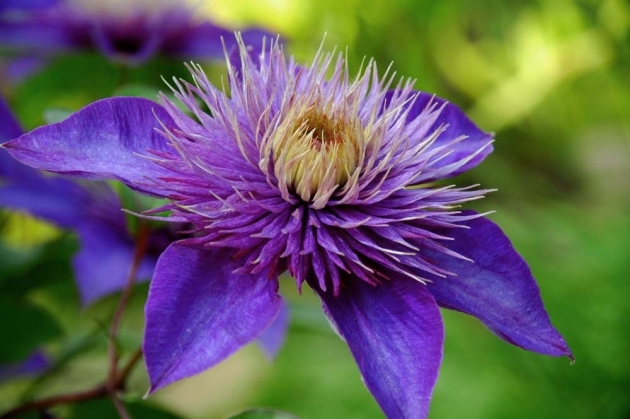
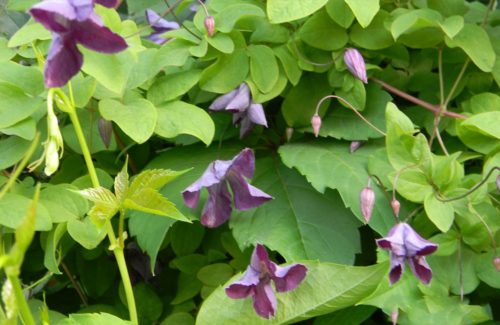
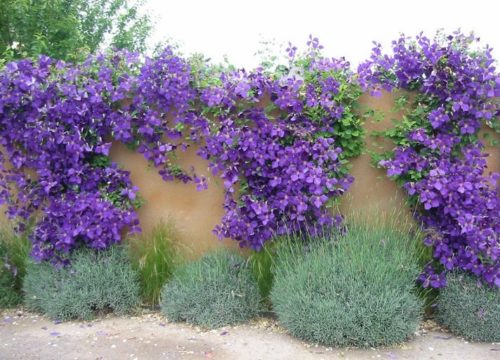
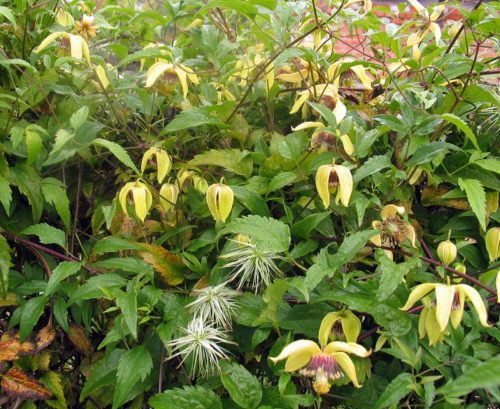
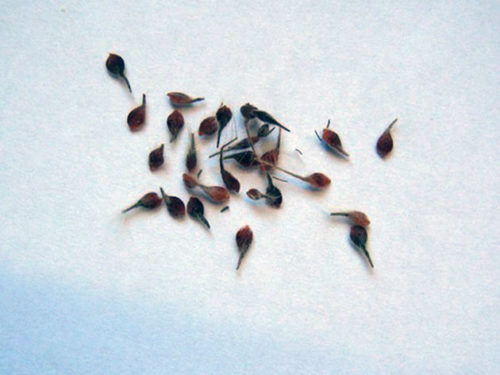
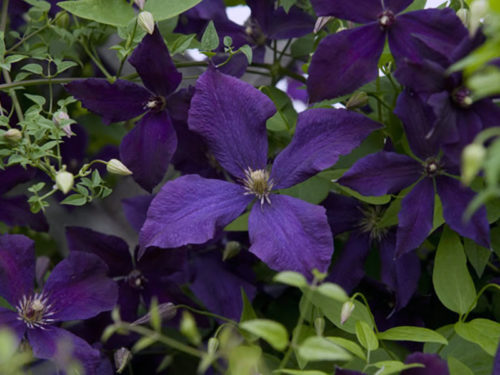
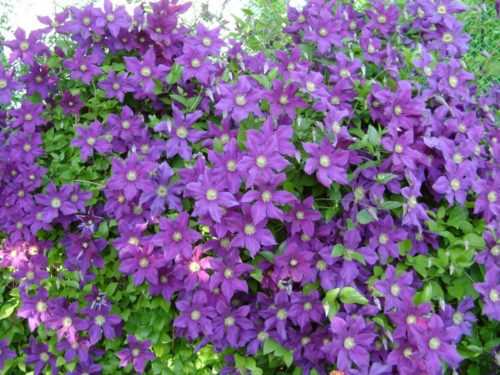
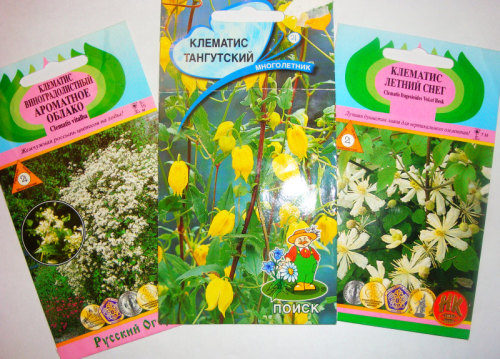
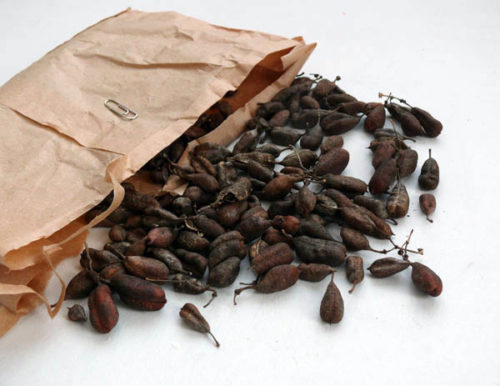
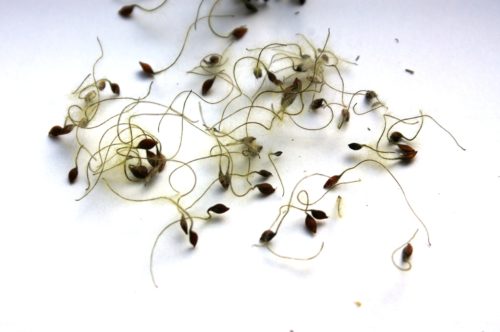
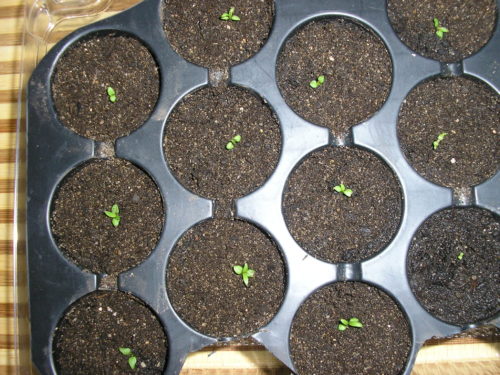


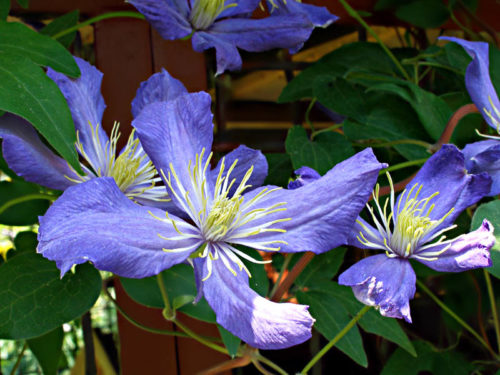

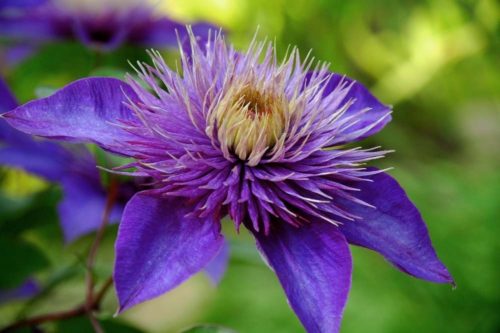
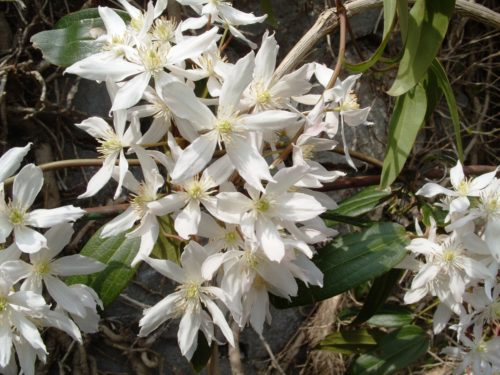
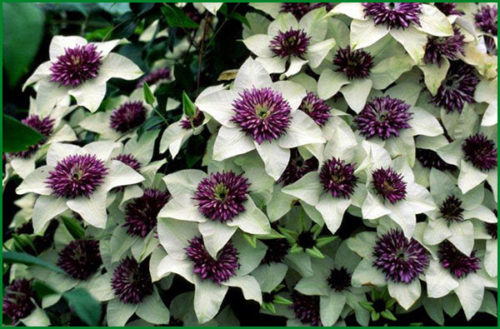












 Start a discussion ...
Start a discussion ...